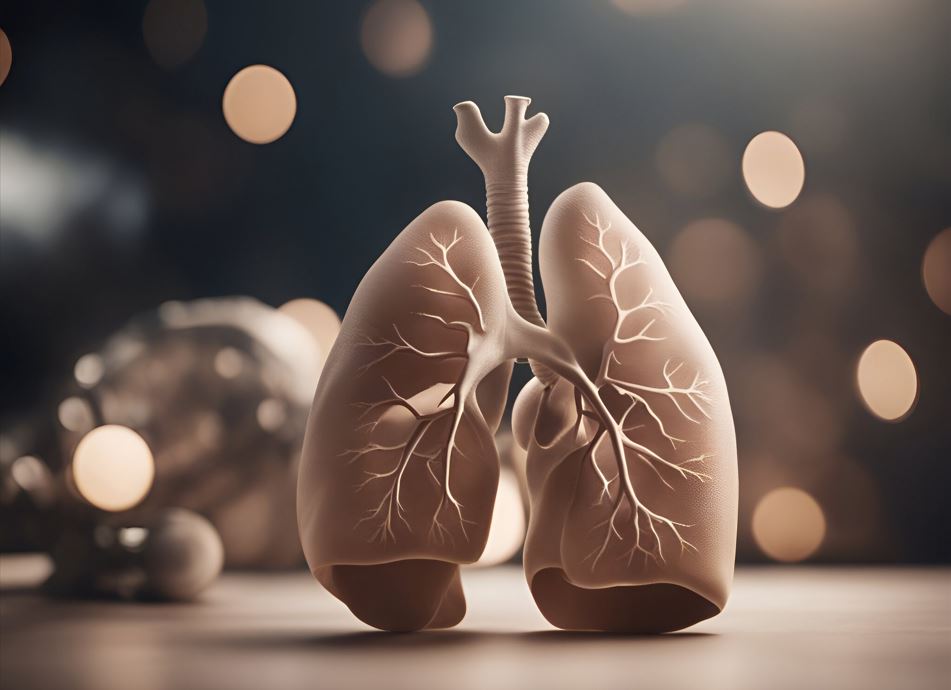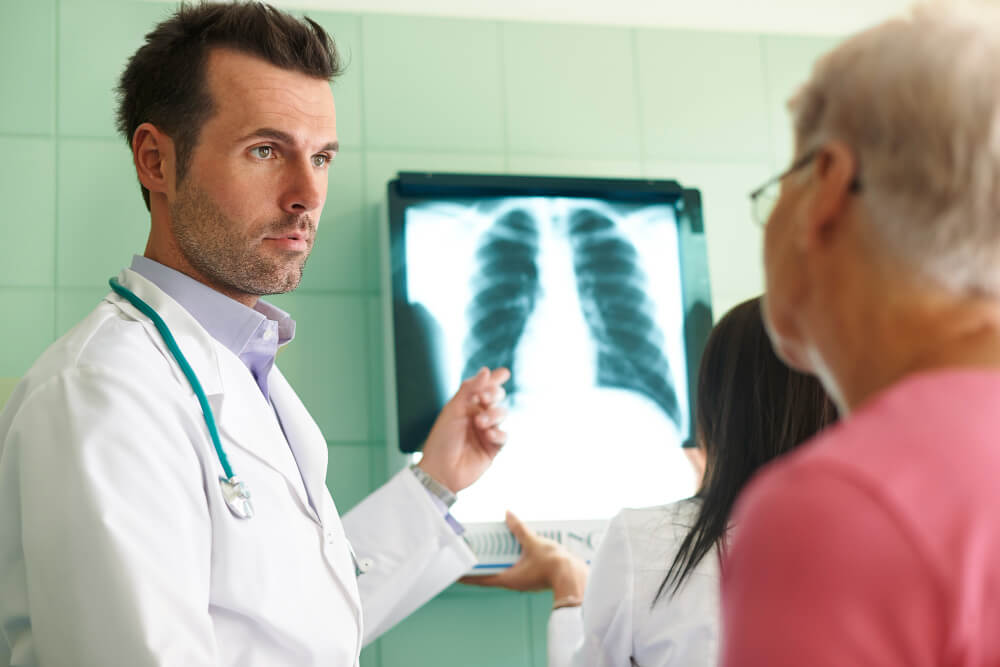A pulmonary embolism is one of such medical emergencies, which are frightening and, indeed, serious. The good news is, however, that with knowledge about what to be careful of and quick action, you can save your life. Knowledge of the rate of development of a lung clot into a serious trouble assists you in understanding when to seek assistance immediately.
Being a specialist in diagnostic imaging, I have witnessed how timely diagnosis using the advanced lung scans and CT pulmonary angiography can save lives. This blog also details the rates at which a pulmonary embolism could be life-threatening, what the symptoms of PE are to be observed, and why it is more important to get scanned early. With diagnostic imaging and scanning services, we assist doctors in knowing what is going on in your body. Imagine us as the professionals to get the photographs of your internal organs that will assist your doctor in making the appropriate choices.
How quickly can a Pulmonary Embolism become Life-Threatening?
A pulmonary embolism may turn dangerous very fast, within minutes to even hours. The arteries that carry blood are blocked by a blood clot in the lungs, making it difficult to obtain oxygen in the body. Mild pulmonary embolism symptoms could be found gradually because of small clot accumulation. However, a large clot that is positioned directly in the middle of the artery between the two main arteries, known as a saddle pulmonary embolism, can be fatal in as little as 30 minutes up to 2 hours without treatment.
The period is dependent on the size and position of the clot. Minor clots can provide a few days or weeks of warning signs. Large clots are quick and have the potential to inflict an instant collapse. By reading about PE symptoms and using the correct lung scan technology early, patients offer the best opportunity to be treated successfully.
What are the Early Warning Signs and Symptoms of a Pulmonary Embolism?
Having information about the pulmonary embolism symptoms may save your life literally. When there is a blood clot in the lungs that is interfering with blood circulation, your body will warn you about it. The following are the symptoms to be observed:
- Acute dyspnea – You are out of breath, even when not physically active or even sitting down.
- Sharp chest pain- The pain is worsened by inhaling deeply, coughing, or moving about. This is among the frequent PE symptoms.
- Rapid or irregular pulse – The heart beats wildly or not so, the heart is overloading itself, pumping blood in blocked arteries.
- Coughing up blood – The smallest amount of blood during coughing is also a life-threatening symptom of pulmonary embolism that should be urgently addressed.
- Pain or swelling in your leg- The blood clot can begin in your leg and then move on to your lungs, so when one of your legs is swollen or painful, it can be an early indicator.
- Feeling dizzy or fainting – When you can no longer absorb oxygen in your brain with the clogged blood in your lungs, you may feel light-headed.
- Sweating and panic – Your body recognizes that something bad has taken place, hence you can experience cold sweats.
When these symptoms of pulmonary embolism are experienced, seek medical attention immediately.
When do you need to visit a doctor in case PE symptoms occur?
The solution is not too complicated: immediately! Every minute is important when the symptoms of pulmonary embolism show themselves. Waiting to determine whether it will get better is dangerous. Do not drive yourself when you experience chest pain or difficulty breathing. Call in another to drive or call an ambulance. The most reliable method of detection of a blood clot in the lungs is a CT pulmonary angiography.
This CT scan of the lung is more detailed, and doctors are provided with clear images of precisely where the clot is. At ViaScan, we are able to offer services of heart, lung, and whole body scans through the latest technology. We have an imaging facility specialized in the early diagnosis of severe illnesses. Although we do not treat pulmonary embolisms, our precise scans will provide your physicians with the right information to take pulmonary embolism treatment quickly.
Choose Our Preventive Lung Scan
Early Detection Saves Lives!
-
- Accurate
- Quick Result
- Affordable

Conclusion
Pulmonary embolism is a quick killer, and particularly saddle pulmonary embolism. Be aware of the symptoms of pulmonary embolism. Run to see a doctor in case of any problem. Obtain adequate diagnostic imaging in the form of CT pulmonary angiography or lung scan. Allow your medical staff to administer pulmonary embolism treatment and have diagnostic imaging services at ViaScan that give you the clear images your doctor requires. It may even be a matter of saving your life and obtaining the right scans as quickly as possible. ViaScan is there to deliver the high-tech diagnostic imaging solutions that will empower your physicians to make optimal, quick-action decision-making.




